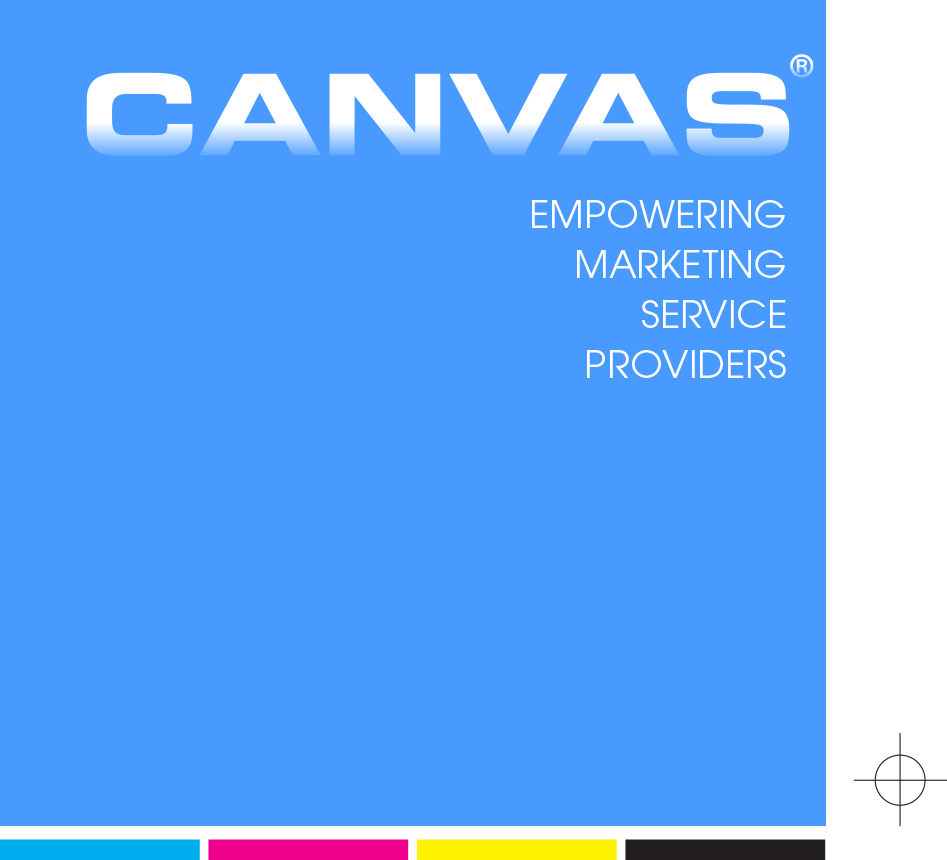In a world where sustainability is no longer optional, the Forest Stewardship Council (FSC) stands as a global leader in responsible forest management. At the helm of its U.S. marketing efforts is Shawn Collier, whose mission is to amplify the organization’s vision: that we can meet today’s need for forest products without compromising the future of our forests. In this conversation, Collier discusses how FSC US is tackling challenges, dispelling myths, and strengthening connections with brands, consumers, and policymakers alike—all while promoting the power of the FSC “check tree” label as a symbol of verified sustainability.
How do you align the marketing strategies for the Forest Stewardship Council to effectively promote environmentally sound, socially beneficial, and economically prosperous forest management?
We start by listening to our members and certificate holders to understand and expand upon what is most important to them. FSC is a membership-driven organization, and our membership is divided into three distinct chambers—Economic, Environmental and Social.
Our members, who bring equally balanced social, economic and environmental perspectives, keep our standards robust. Organizations throughout the forest supply chain get certified against these standards, driving sustainability from forest to shelf. Our “check tree” label is found on millions of products worldwide, verifying sustainable sourcing from the forest to store shelves.
What are the primary challenges you see in increasing the adoption of sustainable forest management practices, and how are you addressing these obstacles?
The rigor associated with our forest management and chain of custody standards is the biggest challenge to adoption. Landowners and forest managers frequently perceive the FSC US standard as too restrictive, too time consuming and too expensive to adopt with not enough reward through price premiums and increased demand for FSC-certified materials. Often, this is exacerbated by myths and half-truths that are perpetuated by landowners who have never operated under the standard.
We are in the process of developing a “myth busters” campaign to address the most common misperceptions head on. This includes documenting the demand from our largest retail and industrial certificate holders, such as Procter & Gamble for their Family Care brands, HP which requires 100% of the company’s North American Papers to be FSC-certified, and Williams Sonoma, which has relied on 100% FSC-certified paper for the company’s printed catalogs since 2006.
“Consumers are looking for brands they know and understand to trust that manufacturers and landowners are being held to a proven standard that is protecting the environment for generations to come.”
For consumers, the primary challenge is making sense of the multitude of environmental standards in the marketplace that are competing for consumer recognition and consumer preference. Consumers are looking for brands they know and understand to trust that manufacturers and landowners are being held to a proven standard that is protecting the environment for generations to come. The FSC standards are verified by third-party auditors, both here in the US and around the world, on an annual basis for every certificate holder.
We are continually working with retailers to feature the FSC logo on their certified products. Equally important, we are collaborating with them to tell the full FSC story off product on their websites and packaging. This helps consumers confirm the positive impact they are having on forests whenever an individual chooses a FSC-certified product or a product like pharmaceuticals or beauty products that are delivered in FSC-certified packaging.
How do you engage with various stakeholders—such as consumers, businesses, and policymakers—to enhance awareness and support for responsible forest stewardship?
FSC US is focused on engaging with the influencers and organizations that have established audiences and reach to ensure they are making informed purchasing and manufacturing decisions that will ultimately result in FSC-certified products being made available to consumers.
From product manufacturers and distributors to packaging companies and publishers, the full value chain of participants is involved in communicating the significance of the certification and in raising awareness of the values associated with being FSC-certified.

We also work directly with corporations to encourage use of FSC-certified products like copy paper, paper towels and personal hygiene products throughout their organizations, along with specifying FSC-certified timber products when they embark on green building construction projects for their offices and manufacturing facilities.
FSC has long been recognized by the design community as a leader in responsible forest management beginning with FSC-certified papers for printing catalogs, collateral and promotional materials. I was originally introduced to FSC and its mission more than 25 years ago as the principal in a marketing communications firm when the American Institute of Graphic Arts (AIGA) was featuring the benefits of FSC-certified papers to designers who were seeking sustainable options for their corporate clients.
Today, FSC is also recognized by top standards for measuring sustainability in the built environment. FSC-certified materials qualify toward the US Green Building Council (USGBC) LEED Building status and the International Living Future Institute (ILFI) Living Building Challenge.
With growing consumer interest in sustainability, how are you capitalizing on this trend to expand your certification programs and influence in the marketplace?
FSC is recognized by leading brands worldwide as the gold standard for responsible forestry. FSC US collaborates with well-known and emerging consumer brands to extend our story to consumers wherever possible.
The “check tree” logo on products, on packaging and on hang tags are the most visible examples of working to capture consumer interest and engagement. Our participation in marketplaces like Amazon’s Climate Pledge Friendly program, in which Amazon collaborates with trusted third-party certifications to highlight products that meet sustainability standards and support our commitment to help preserve the natural world, builds on this, extending both our consumer and corporate reach even further.
“Landowners and forest managers frequently perceive the FSC US standard as too restrictive, too time consuming and too expensive to adopt with not enough reward through price premiums and increased demand for FSC-certified materials.”
What innovative approaches is FSC US implementing to communicate the importance of its certification and the broader impact of responsible forestry to the public?
FSC US uses a combination of communications channels and strategies to inform corporations and consumers of the importance of responsible forestry in a range of areas including biodiversity, climate change, and a renewable supply of natural materials and goods for a more sustainable future. Co-branding with our chain of custody certificate holders and promotional license holders is a key strategy that we leverage. This is especially beneficial given we are a small nonprofit organization.
Looking ahead, what opportunities do you foresee for FSC US to further its mission in the United States, and how do you plan to seize them?
Currently, just under five percent of the total forests in the continental United States are operated under the FSC US standard, and according to our most recent global consumer awareness study by Ipsos, only one in three Americans recognizes the FSC checkmark tree logo. So, there is plenty of opportunity to advance our mission, which is “To provide pathways for people to support and recognize responsible forestry.”
We are shifting the focus of our website, social media and support collateral to feature our retail partners and consumer products that are FSC-certified. We are bolstering these with success stories of forest management certificate holders that demonstrate how managing forests under FSC standards are delivering verified positive impact in the areas of biodiversity, carbon sequestration, soil and water quality, and outdoor recreation for consumers and corporations alike. We believe this will deepen the understanding of what the FSC “check tree” logo delivers and will result in greater demand from the forest floor to the store shelves.
